Synology DSM 7.0 and Synology Storage – Big Things Are Happening
Those that have followed Synology NAS for the last few years, will know that every year they feature a huge launch event that covers the latest and greatest innovations in both their hardware and software. These big events showcase exactly what Synology have in store for both their popular Diskstation and Rackstation hardware, as well as massive improvements of their popular Diskstation Manager (DSM) platform and it’s apps. At the event, there was definitely a happy mood, with 2020 being Synology’ 20th anniversary in the business of data storage and this is clearly an important date for them. This year I have been fortunate enough to be able to attend and cover multiple of these launch events and today I want to give you guys lowdown of what Synology has in store for their NAS users in DSM 7.0 and more.
Important Disclaimer about Synology 2020 and DSM 7.0 Coverage
Although the majority of the things I am going to talk to you about today are included within DSM 7.0, Synology has changed tactic recently and introduced a number of key features in a more modular and individual app update fashion (see the increase of optional apps/updates in the beta tab of the App Center). So it is with this in mind that users should consider that some updates will be on an individual app level (such as Drive or Active Server) or less tied to a whole system-wide update (which is the case for the Storage Manager and SSD Caching innovations) in the new DSM 7.0 System update. Additionally, though I have spoken with several members of the Synology team before and after the event, some information below would have been made via translation, so if something sounds odd, that is likely the reason and I apologise in advance! Anyway, let’s get to the good stuff!

Synology Drive On Demand Sync for Mac
Although it was actually covered towards the end of the event, it is such an often requested feature that I wanted to discuss it first thing! One popular improvement on the Synology Drive client application is the file on-demand, selective synchronisation and file pinning options via Synology Mac and it’s Finder file explorer.
Although this is already something that Windows users and Synology Drive client for Windows have enjoyed for a while, thanks to Windows cooperating with Synology to utilise this service, the newest Drive client for Mac will include these options. Few examples were provided in the presentation but I was informed this is something they are working on to make available as soon as possible and for those that followed my coverage of these services on the Windows Drive client, you will know why this is such a big, big deal and something often requested.
Synology Photo Station and Moments Being Combined – Synology Photos
In the past, Synology provided Photo Station and Moments two photo management and sharing functions. Each of these two applications has its own advantages and disadvantages with the former being more of an arrangement and presentation tool, whereas the latter was an AI-assisted search and finder tool. Now, Synology has combined them into one. Both professional and general users can have the features and functionality of both in Synology Photos.
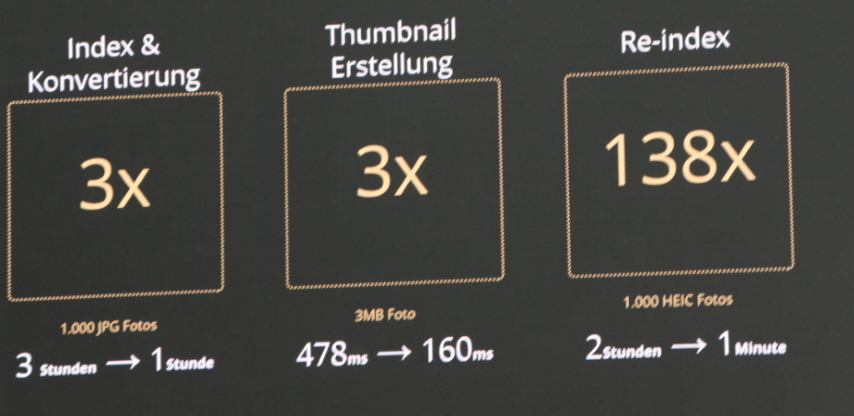
The new Synology Photos allow users to use all the photo management functions in a single suite, from uploading, intelligently sorting, managing, searching or sharing photos, even multi-person collaboration, and sophisticated management functions to meet photographers and professionals. We are still awaiting confirmation of how the new software collaboration handles existing photo directories and whether it needs users to commit to pre-set locations o nthe device, but it is still very, very interesting development and one I am looking forward to discussing in the future.
Synology DSM 7.0 UI – Big Improvements
Diskstation manager 7.0, first previewed last year, will be noticeably faster in its user interface via the web browser then DSM 6.2 with several examples being provided.
The Synology team were keen to highlight big Innovations in the following key areas:
- SSD Caching Methods and Useability
- Cloud integration Streamlining
- Improved Resource Monitoring, Control and Preemptive Troubleshooting
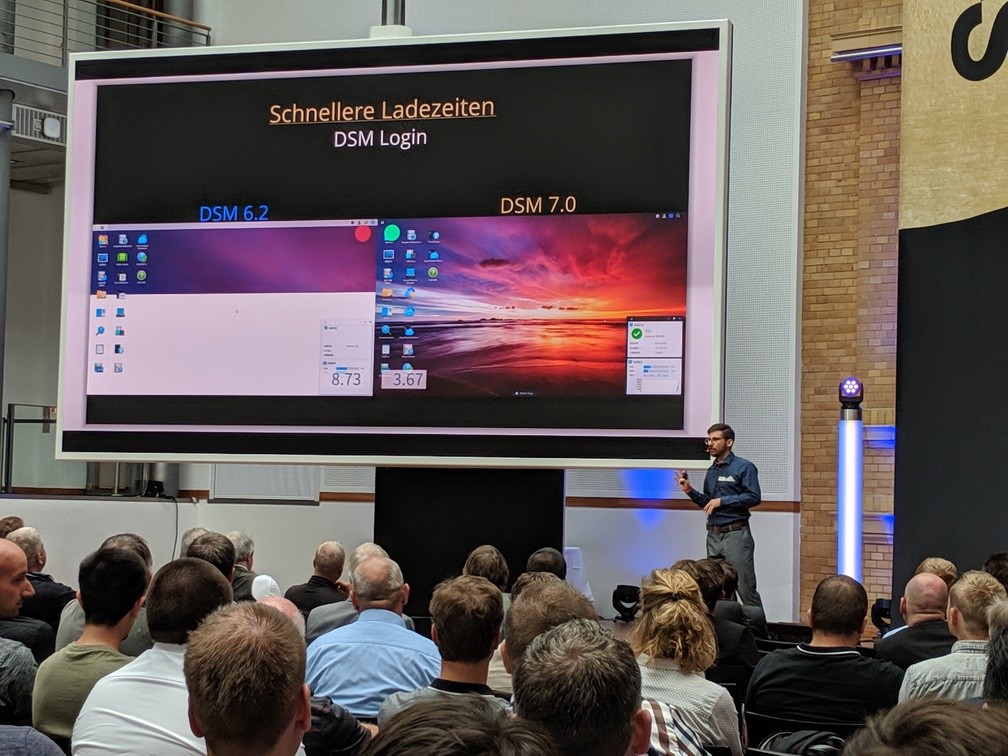
The user interface of DSM 7.0 via your web browser has been made a great deal cleaner and looks considerably crisper too. However, the biggest changes that users will find in DSM require you to dig a little deeper. The design is a little more minimalistic and thanks to a combination of great memory caching improvements in the background and the latest version somehow manages to look even sharper in it’s UI, once again underlining that DSM over the network or internet looks are fresh as using a desktop interface on a local machine.
Synology Account Configuration Backups
Those who utilise their Synology account for regular https access and internet synchronisation with their Synology NAS will be pleased to know that they have improved implementation of SSL certificate making it a great deal easier and more streamlined to set up safe, secure and reliable online access outside of your LAN.
Along with this, Synology described the improved means with which to back up the configuration of your Synology NAS (directories, indexes, user account, groups, password, settings, blueprint of your device in general outside of traditional storage) to your online Synology Account, allowing you to access and duplicate these on further devices – a cool little extra that I’m amazed no one provides already. Bravo.
DSM 7.0 and the Improved Storage Manager UI
The user interface of the storage manager tool on your Synology also receives a graphical overhaul in DSM 7, in efforts to improve its usability and understanding to those less tech-savvy. swapping out the system of left-hand options and favouring a tab and breadcrumb design that is more streamlined and understandable in its colour palette.
Along with further improvements to the visibility of storage space being utilised in real-time by different NAS applications and snapshot usage. This provides a much more centralised and easy-to-understand overview of your storage.
Synology DSM 7.0 and Inline Data Compression
Finally, we have Inline compression is the reduction of data in realtime before or as it is being committed to. This ensures a better margin of SSD and HDD capacity being used in connection with your active RAID and SSD cache array. This along with Metadata locking and pinning of metadata results in more regularly persued files and processes being significantly faster in DSM 7.0.
DSM 7.0 and Better Remote Hot Data and Cold Data Handling
Another internet and access level change is control of volumes on expansion devices remotely and allow users to connect or disconnect whole mounted-storage areas that live on expansion chassis to be removed and changed without powering down the device or suspending storage access. Although not a particularly cool or sexy feature, it is definitely something that users with multiple disc stations in place will see the advantages of.
DSM 7.0 and the Improved Resource Monitor
Another area that Synology deemed worthy of a graphical overhaul in attempts to make a more complex subject or palatable is the resource monitor.
Though the previous iteration of it in DSM 6.2 is remarkably useful, some might argue that in effort to make it more easy to read/understand, it ends up arriving too simplistic and not finding the right balance between usability to the end-user and it’s efforts to provide information to the state of the system hardware in an analytical way. The new and improved resource monitor in DSM 7 provides and much more intuitive interface, still managing to keep it nice and easy to read, it also allows greater analysis of performance spikes and dips in its history than the predecessor.
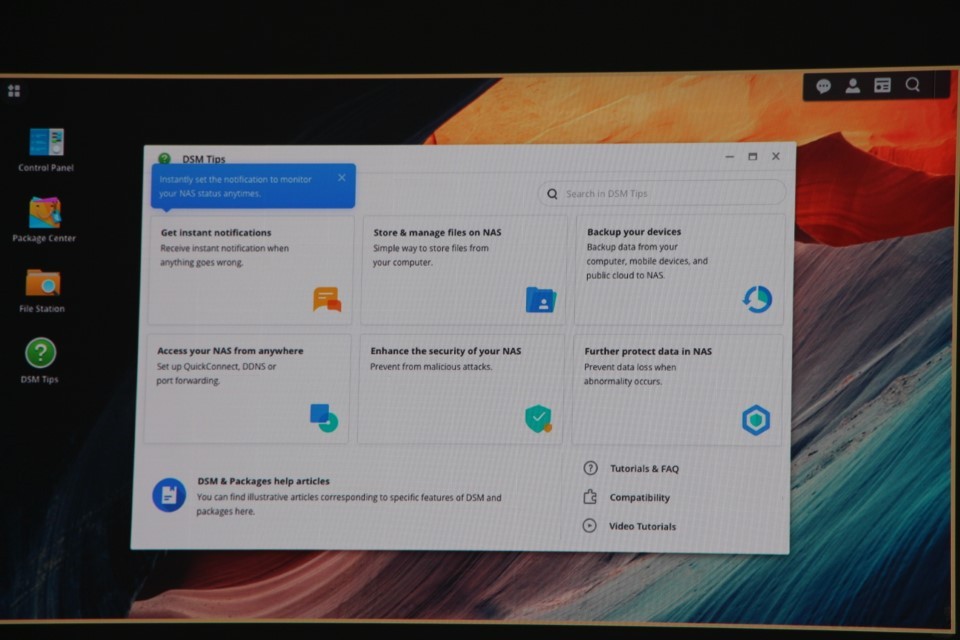
However, those that are worried that it will become a less understandable and complicated tool need not fear as this analysis can be cross-referenced by the system with performance benchmark and tests with other discs and disc history within the NAS, developing a far more intuitive and easy troubleshooting system, with error spotting largely being one of the main reason that users find themselves looking at the resource monitor in the first place.
Improved Center VMware Control and integration
Although heavily geared towards business, there is still a large contingent of NAS users that prefer to use the software user interface of the third-party software they are used to and VMware/vSphere is a prime example of that. VMware vCenter users will often want a virtual environment to live on the NAS hardware, but be configured and controlled by the proprietary VMware control console and it’s UI. DSM 7 promises greater and more fluid collaboration between this software and NAS storage, providing better optimisation and utility of VMware and Hyper-V environments via the Synology NAS, even though the control remit of the vSphere, allowing handling of ESXi, vSphere client and vCenter data on the NAS.
Improved Synology Directory Server and AD Server Migration
Another key area of interest for business users and particularly those utilising windows storage environments is the improved Synology directory server (originally known as Active Server Directory) and migration support.
Providing increased read and write access between supported directories, there is also increased support and compatibility with migration between Windows server setups moving on to the Synology NAS platform. details were a little thin on this and I hoped for more of a live demonstration, as this is a really interesting and unique feature that Synology is providing. We hope to learn more on this in further world launch events in the run-up to DSM 7.0 being fully released. Though this is likely to be one of the more granular/modular changes.
Cloud Integration and Synchronisation
One giant area of improvement that Synology were keen to discuss in many ways at their launch event was improved integration and synchronisation between your Synology NAS and their C2 Public Cloud service. Synology C2 Cloud backup has been around now for a number of years and for those that do not know, it is a Synology provided cloud platform that is designed to run parallel with your existing server’s storage as a means of disaster recovery and off-site backup. However in DSM 7, and now at the end of 2019, it is becoming a great deal more than that and some enormous options are being made available to users who integrate this cloud solution alongside their private.
Synology DSM 7.0 and Hybrid Share
Introducing a brand new and intuitive way to synchronise files between your Synology NAS and the Synology C2 public cloud platform, hybrid share provides a user interface that allows you you to view and access files on your c2 cloud platform via your NAS interface (and potentially a client application, TBC). From here you can then mount the C2 cloud space as an accessible folder, which can then connect in a more ad-hoc or pre-planned synchronised fashion between the Synology NAS and cloud space. From here Synology has been able to create similar file streaming and on-demand synchronisation found on other platforms, allowing you to pin or prioritise files between the C2 cloud space and one or more Synology NAS’ that it is associated with. In real terms, this means that you can free up huge amount of space on a local device when files are on the C2 cloud platform and only a small percentage are required on demand. In essence, this means that rather than create a local client machine and NAS streaming relationship, this goes one step further creating a local marriage and Synology C2 streaming relationship that is fully configurable and customisable to your own file needs.
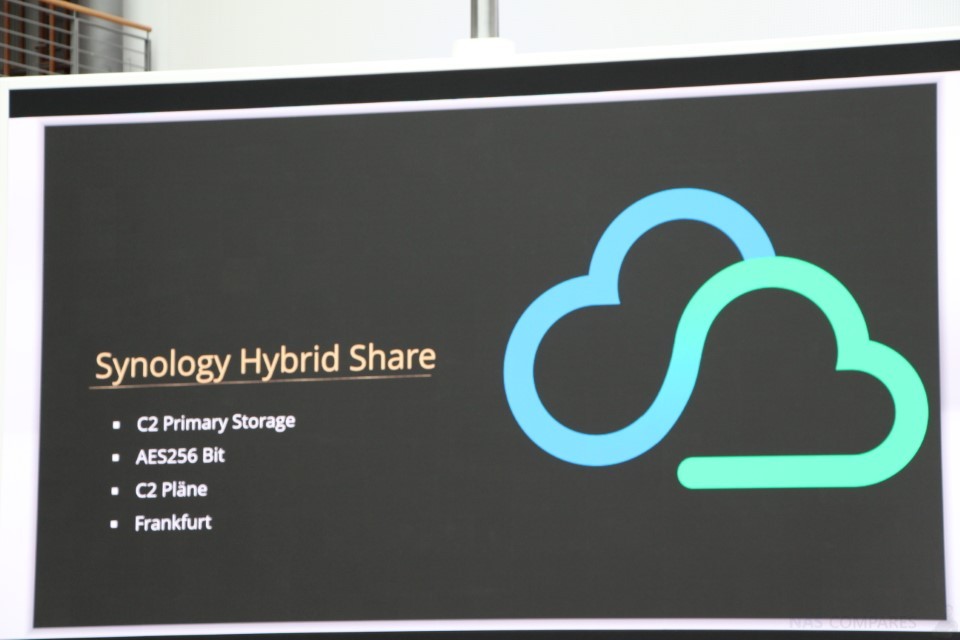
Likewise, Hybrid share works in a multisite setup allowing multiple devices to synchronise with a key Synology NAS which hybrid share then synchronises with the C2 platform. Thanks to intelligent frequently used cache options being integrated and the on-demand structure of hybrid share, this will drastically reduce bandwidth consumption and better overall file control and synchronisation be made available to you in multinationals environments and their backups.
Integrating Hybrid Share alongside Synology Drive client for Mac/Windows (as well as integrating the existing Active Backup Suite included application) creates a 3 three-pronged backup and synchronisation system with a different first-party program handling each link in the chain, easing both network bandwidth and system resources where they are traditionally most in demand. In short, this means that:
- If a user wants intelligent synchronisation between their local machine and the files on there NAS, they can use the new Synology Drive client for PC and Mac
- If they wish to create a similar system of smart synchronisation between their NAS(s) and their C2 public cloud space, they can use Hybrid Sync
- And if they want to backup all the devices periodically/live sync in the local environment, they use Active Backup Suite
Great team of applications with almost all data handling being automatic or cherry-picked to the user’s requirements.
Synology DSM 7.0 and Synology Active Insight
A new and optional application service within DSM 7.0 known as Synology Active Insight will be rolled out allowing users to conduct system-wide analytical information sharing with the Synology NAS account system. Designed to constantly ping the Synology main server, it allows the huge potential for large data analysis and analytical comparison that will assist in the prediction, prevention, notification and preemptive resolution of issues outside of your storage happening at the worst times. This requires no small commitment from yourself in sharing this system information and it is for that reason that Synology sets this as an optional feature as some users may be less inclined to share such system-critical and data critical information regardless of the benefits to them or their tech teams. This is a fantastically detailed tool for overviewing multiple Synology NAS at once and actioning one or more instructions across your data storage network.
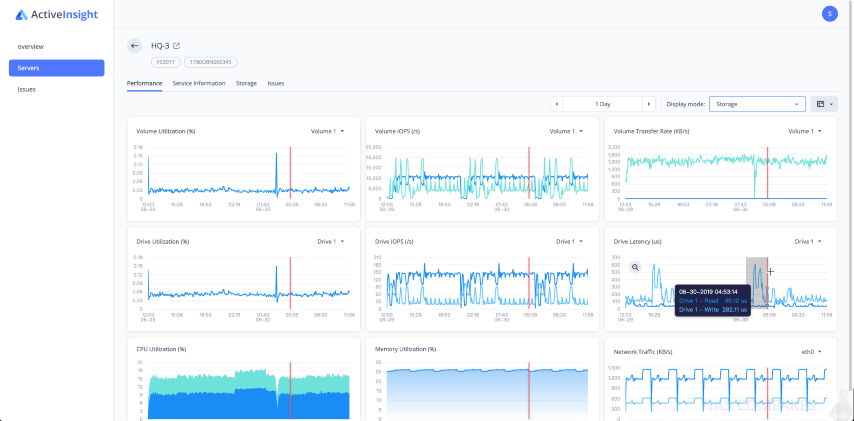
Additionally, Synology Active Insight will also be available via mobile platforms as a configuration and control tool between you and your Synology NAS’ when actioning this service.
📧 SUBSCRIBE TO OUR NEWSLETTER 🔔
🔒 Join Inner Circle
This description contains links to Amazon. These links will take you to some of the products mentioned in today's content. As an Amazon Associate, I earn from qualifying purchases. Visit the NASCompares Deal Finder to find the best place to buy this device in your region, based on Service, Support and Reputation - Just Search for your NAS Drive in the Box Below
Need Advice on Data Storage from an Expert?
Finally, for free advice about your setup, just leave a message in the comments below here at NASCompares.com and we will get back to you.
 Need Help?
Need Help?
Where possible (and where appropriate) please provide as much information about your requirements, as then I can arrange the best answer and solution to your needs. Do not worry about your e-mail address being required, it will NOT be used in a mailing list and will NOT be used in any way other than to respond to your enquiry.
 TRY CHAT
Terms and Conditions
TRY CHAT
Terms and Conditions
If you like this service, please consider supporting us.
We use affiliate links on the blog allowing NAScompares information and advice service to be free of charge to you.Anything you purchase on the day you click on our links will generate a small commission which isused to run the website. Here is a link for Amazon and B&H.You can also get me a ☕ Ko-fi or old school Paypal. Thanks!To find out more about how to support this advice service check HEREIf you need to fix or configure a NAS, check Fiver
Have you thought about helping others with your knowledge? Find Instructions Here
Or support us by using our affiliate links on Amazon UK and Amazon US
Alternatively, why not ask me on the
ASK NASCompares forum, by clicking the button below. This is a community hub that serves as a place that I can answer your question, chew the fat, share new release information and even get corrections posted. I will always get around to answering ALL queries, but as a one-man operation, I cannot promise speed! So by sharing your query in the
ASK NASCompares section below, you can get a better range of solutions and suggestions, alongside my own.
This description contains links to Amazon. These links will take you to some of the products mentioned in today’s video. As an Amazon Associate, I earn from qualifying purchases


Like this:
Like Loading...
Related
Discover more from NAS Compares
Subscribe to get the latest posts sent to your email.
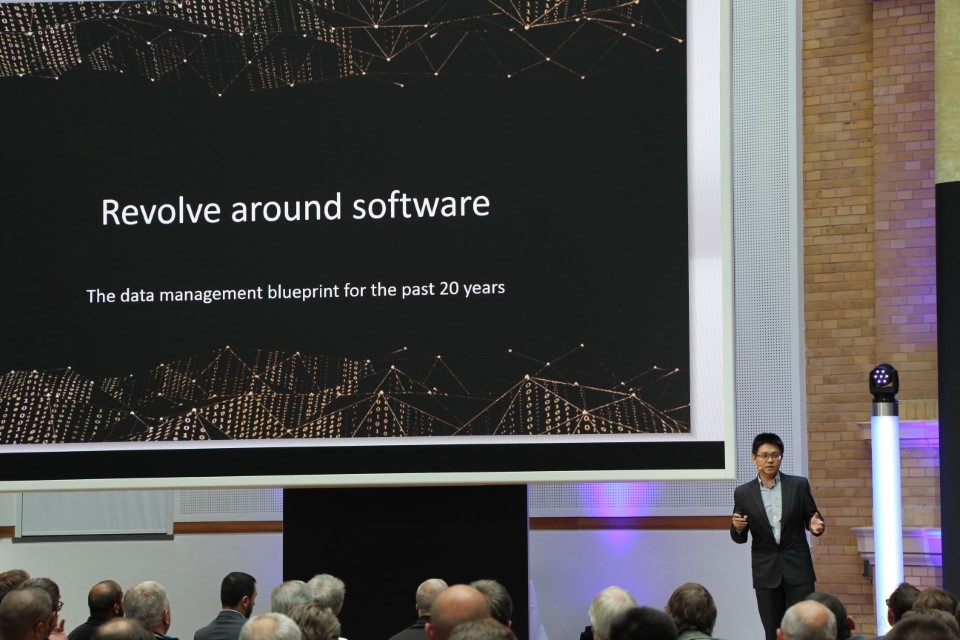


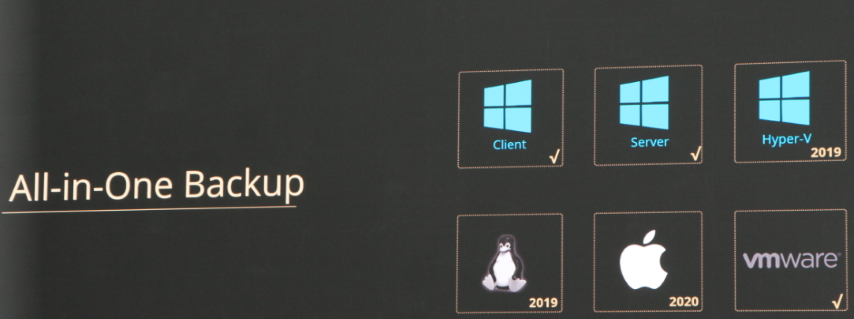

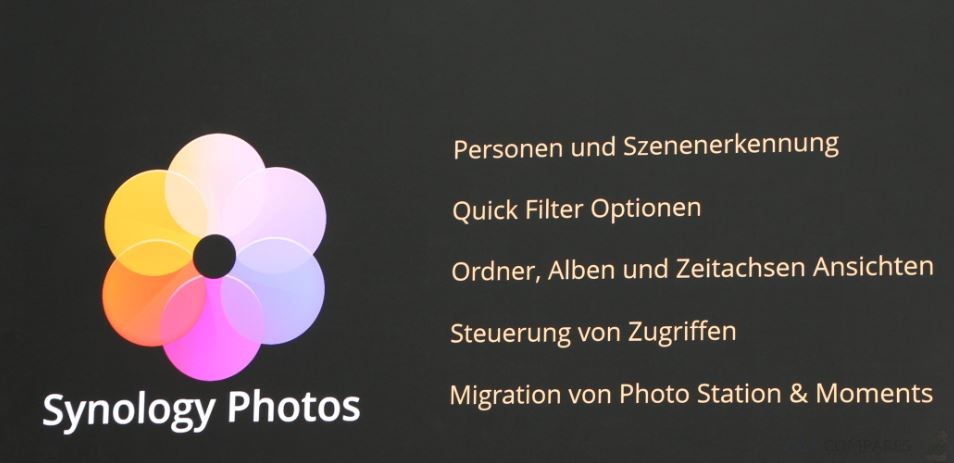
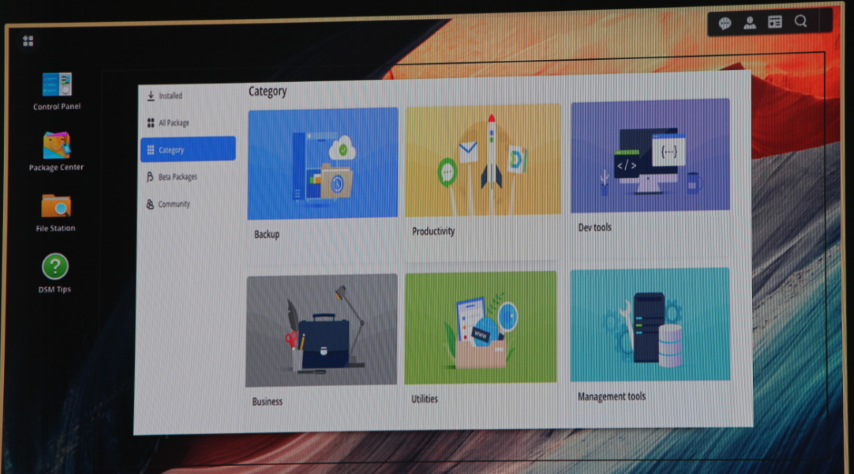

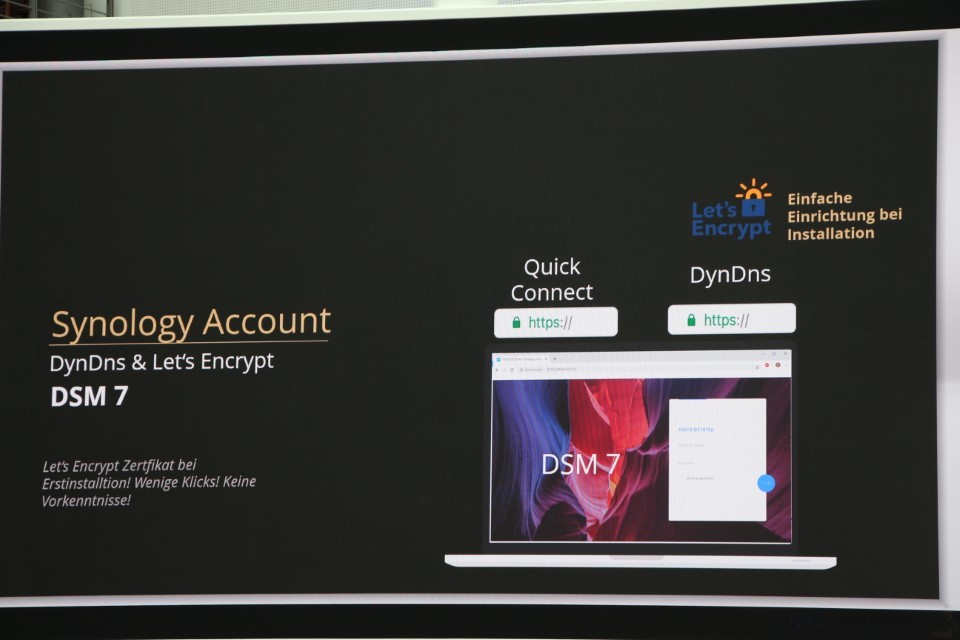
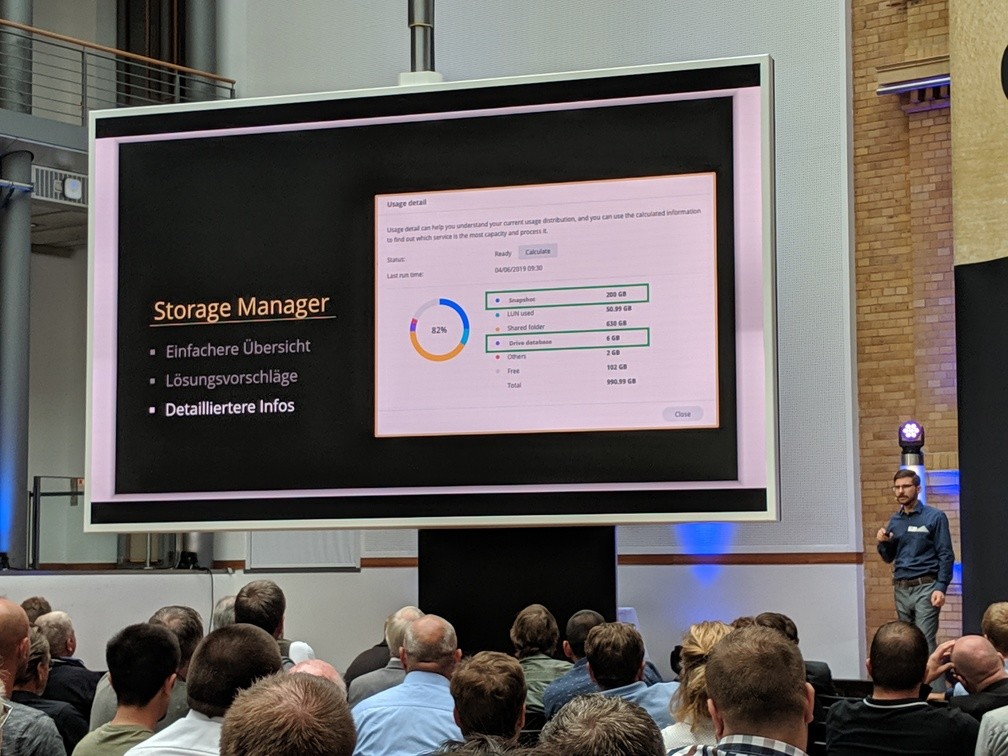
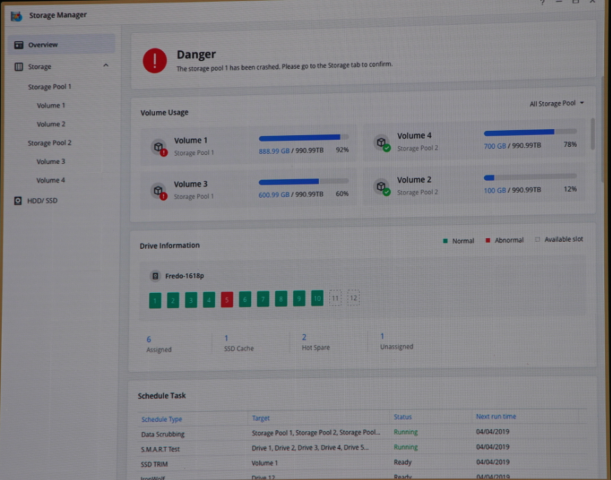
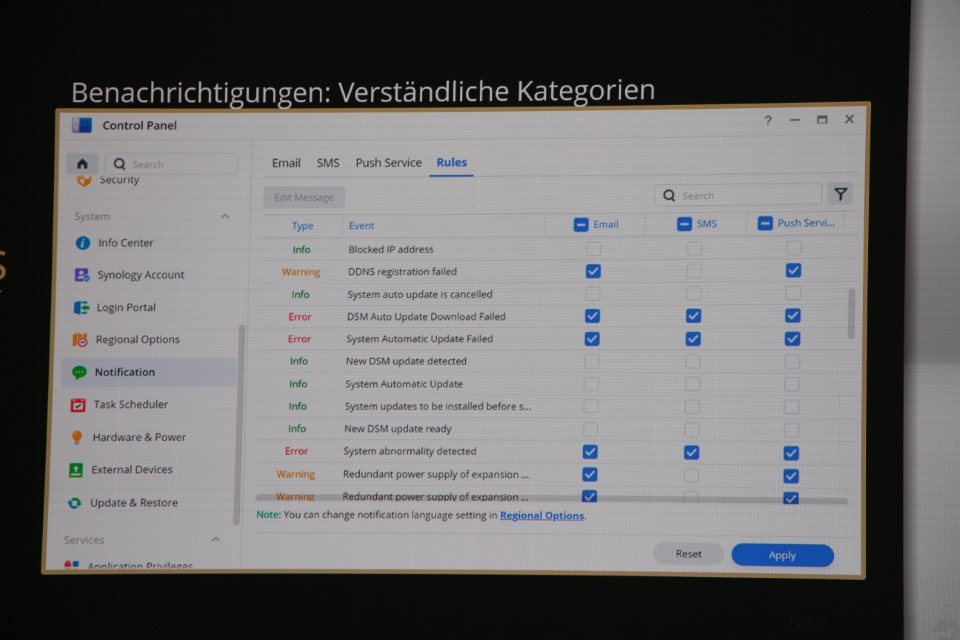

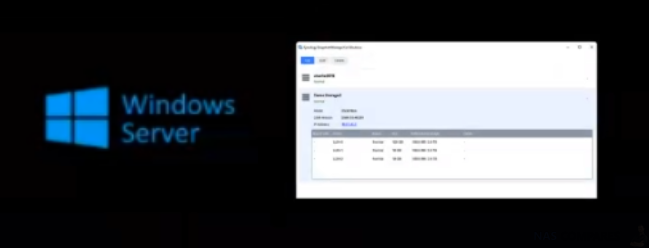

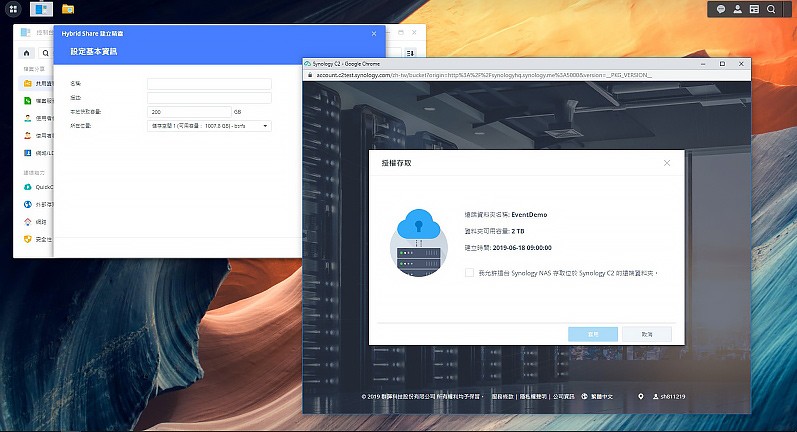
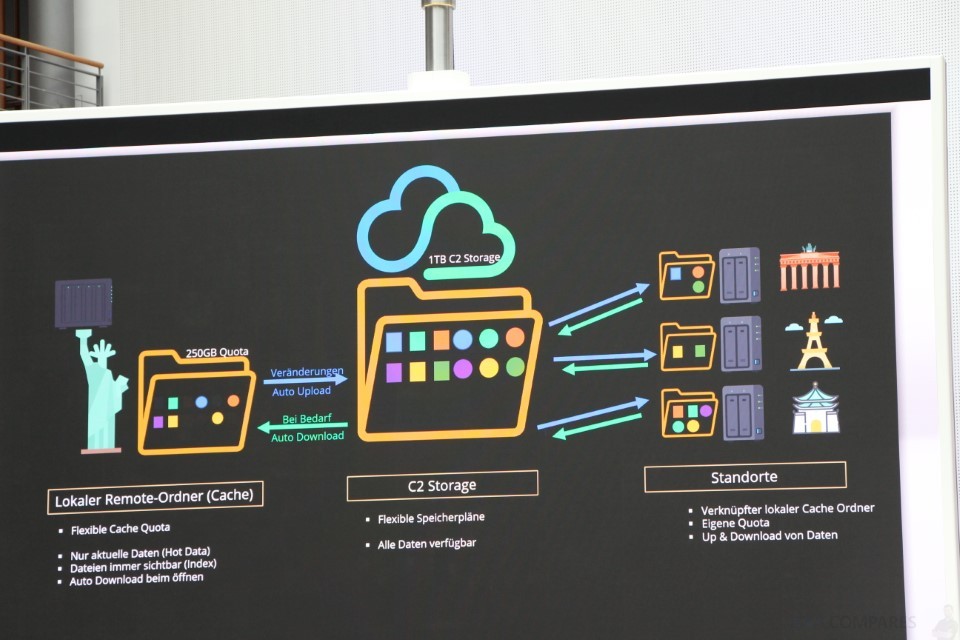

 Need Help?
Where possible (and where appropriate) please provide as much information about your requirements, as then I can arrange the best answer and solution to your needs. Do not worry about your e-mail address being required, it will NOT be used in a mailing list and will NOT be used in any way other than to respond to your enquiry.
Need Help?
Where possible (and where appropriate) please provide as much information about your requirements, as then I can arrange the best answer and solution to your needs. Do not worry about your e-mail address being required, it will NOT be used in a mailing list and will NOT be used in any way other than to respond to your enquiry.




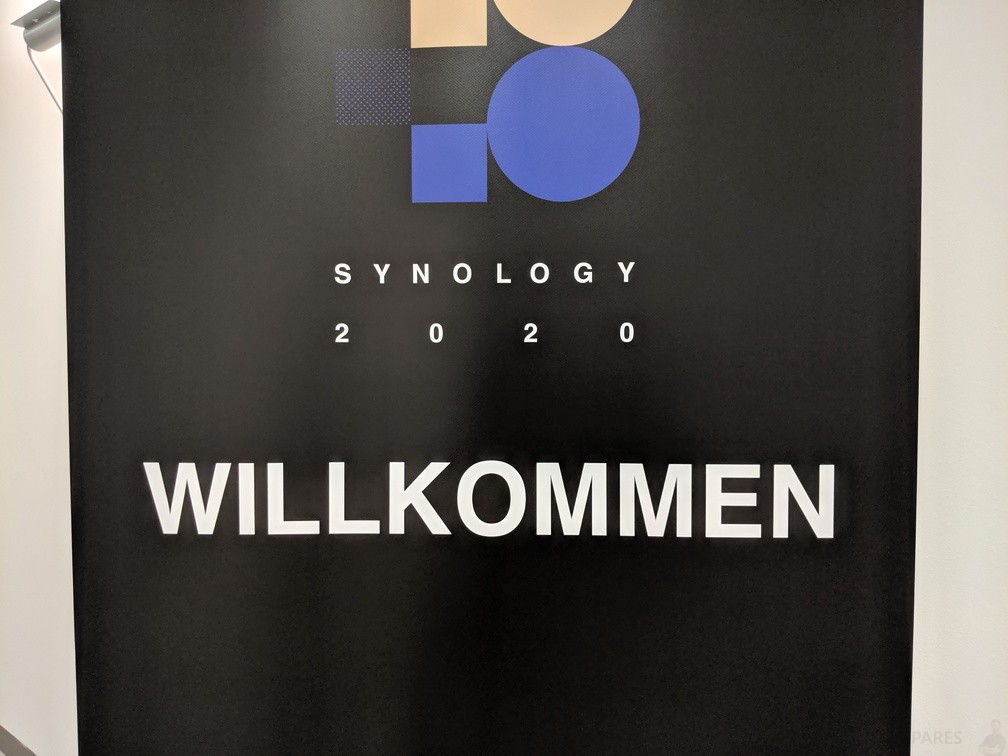



Is there update, will Synology allow to create volume on NVME m2 SSD on DS918+ ?
Or those slots will be for cache purposes only?
No volume, only cache.
Just bought myself a 218play, and not realising this doesn’t have all the AI features possible using Synology Moments (no Moments Select, Auto-rotate etc – only subject and facial recognition). I’m concerned that I’ll be left behind even more when DSM 7.0 comes out. However, does anyone know whether DSM updates brings in improvements / new features to ‘lower tier’ models? Hoping missing features in 218play will be introduced in DSM 7 / Synology photos.
You’ve stated in this Synology NAS 2020 and DSM 7.0 in Berlin article: “Previously when a user wished to take advantage of SSD cache to support an existing HDD RAID enabled storage pool”. In my believe until now you could only enable SSD Cache on a volume, not on a storage pool. This is for me the main reason not using it.
Has Synology released information one is able to enable SSD caching on a storage pool (or multiple volumes) per SSD-Cache in DSM 7.0?
I guess Synology wants us to have only one volume.